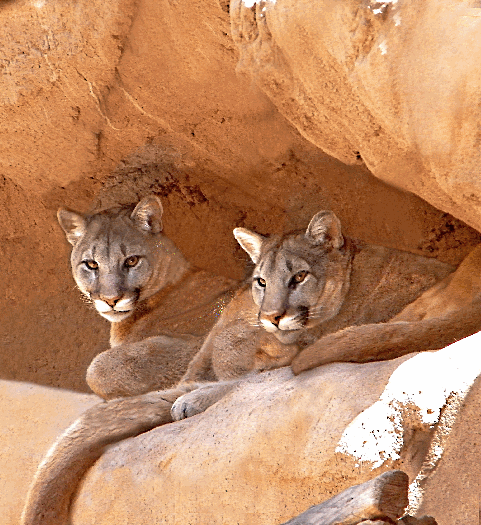Big & Beautiful: Ragdoll
Share
Those Big Blue Eyes
Average weight: 10-18 lbs
Average height: 11”-12” from shoulder to toe
The Ragdoll is a breed most well known for their bright blue eyes and distinct coloring. Ragdolls are large and muscular with a soft and silky coat. Best known for its docile and placid temperament and affectionate nature, it’s name derived from the tendency of the cats to go limp and relaxed when picked up.
The relaxed, “floppy” nature of the Ragdoll is a characteristic thought to be passed down from the Persian and Birman breeds. There are contrary statements on whether this trait might be the result of genetic mutation. The extreme docility of some individuals have led to the myth that Ragdolls are pain-resistant. Some breeders in Britain have tried to breed away from the limpness due to concerns that extreme docility “might not be in the best interests of the cat.” Breed standards describe the Ragdoll as affectionate, intelligent, relaxed in temperament, gentle and easy to handle.
The genes for point coloration is also responsible for the blue eyes of the Ragdoll. More intense shades of blue are favored in the show ring. While the breed has a plush coat, they consist mainly of long guard hair and the lack of a dense undercoat results in, according to the Cat Fanciers’ Association, “reduced shedding and matting.”
Ragdolls can be found with 6 different colors:
- Seal
- Chocolate
- Flame
- Blue
- Lilac
- Cream
This also includes the tortoiseshell pattern in all colors and other variations of the three patterns. All Ragdoll kittens are born white. They have good color at 8 – 10 weeks and full color and coat at 3 – 4 years. Patterns vary and can be:
- Pointed – One color darkening at the extremities (nose, ears, tail and paws)
- Mitted – Same as pointed, but with white paws and abdomen. With or without a blaze (a white line or spot on the face), but must have a “belly stripe” (white stripe that runs from the chin to the genitals) and a white chin.
- Bicolor — White legs, white inverted ‘V’ on the face, white abdomen and sometimes white patches on the back (Excessive amounts of white, or “high white,” on a bicolor is known as the Van pattern, although this doesn’t occur nearly as often as the other patterns).










